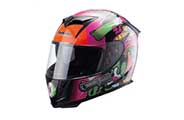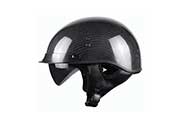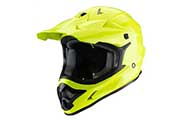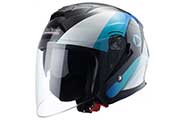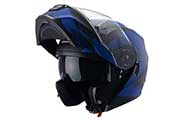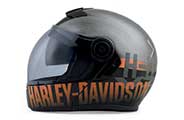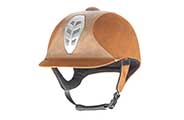OEM / ODM Factory
Customize your corporate brand/logo/design
Excellent Designs
Unique design / Comfort / Safety / High productivity
Click Here
Rich Product Range
Custom helmet supplier, creating safe and fashionable helmet brand
MPM focuses on the design and production of Full Face Helmets, Half Face Helmets, Open Face Helmets, Motocross Helmets, Harley Davidson Helmets, Modular Helmets, Kids Helmets, and other helmets. The products comply with national standards, CE, GS, CPSC, GB-811, CEC, DOT, and others.
In the past 10 years, we have integrated OEM, and ODM Integrating independent research and development and sales, it owns dozens of independently developed new products with appearance patents and structural invention patents, and its own MPM brand is also very popular at home and abroad.
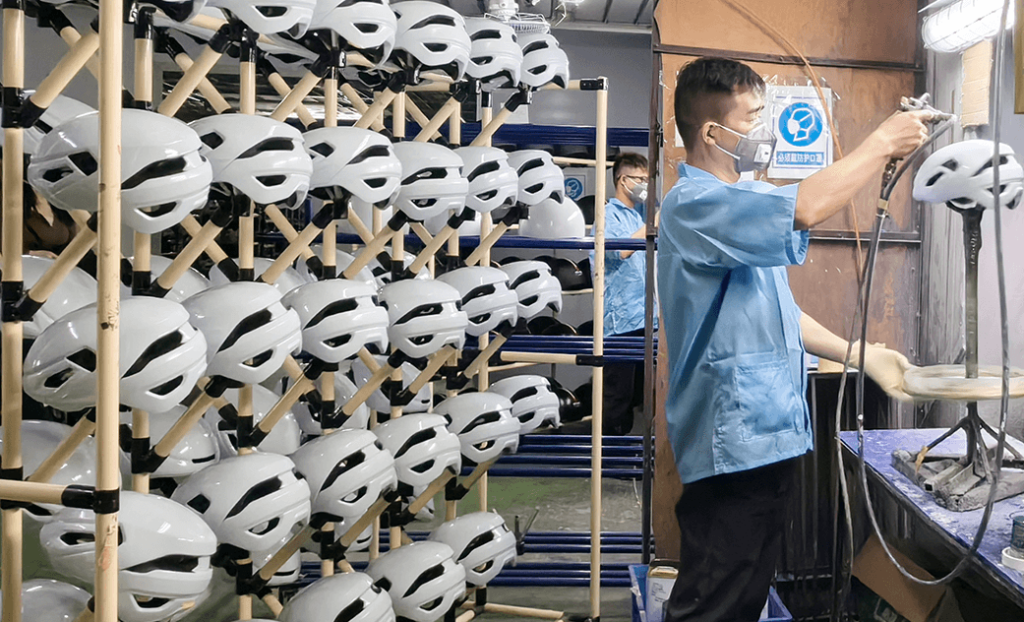
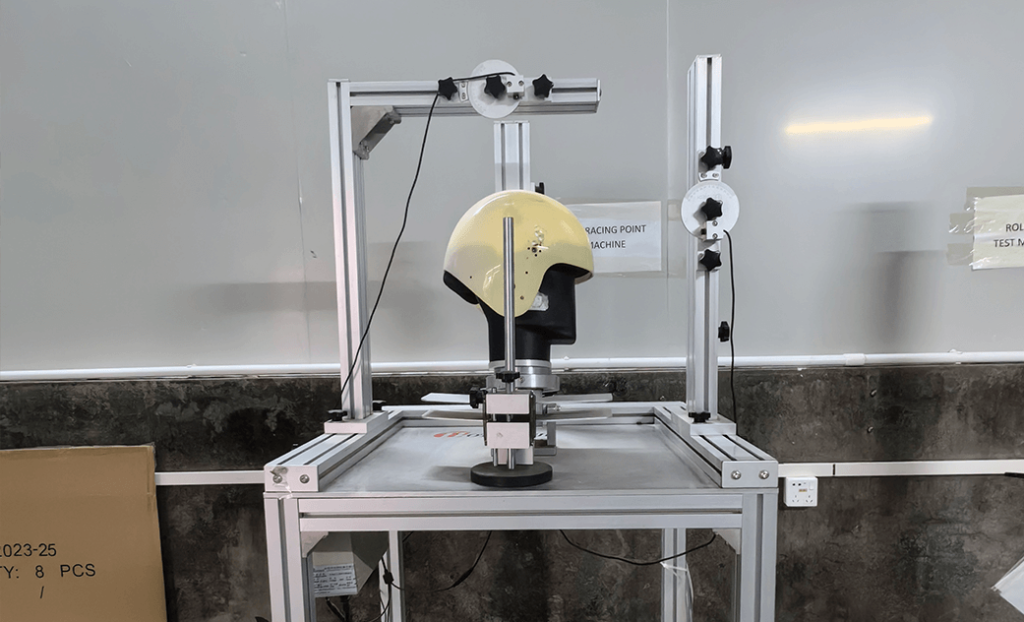

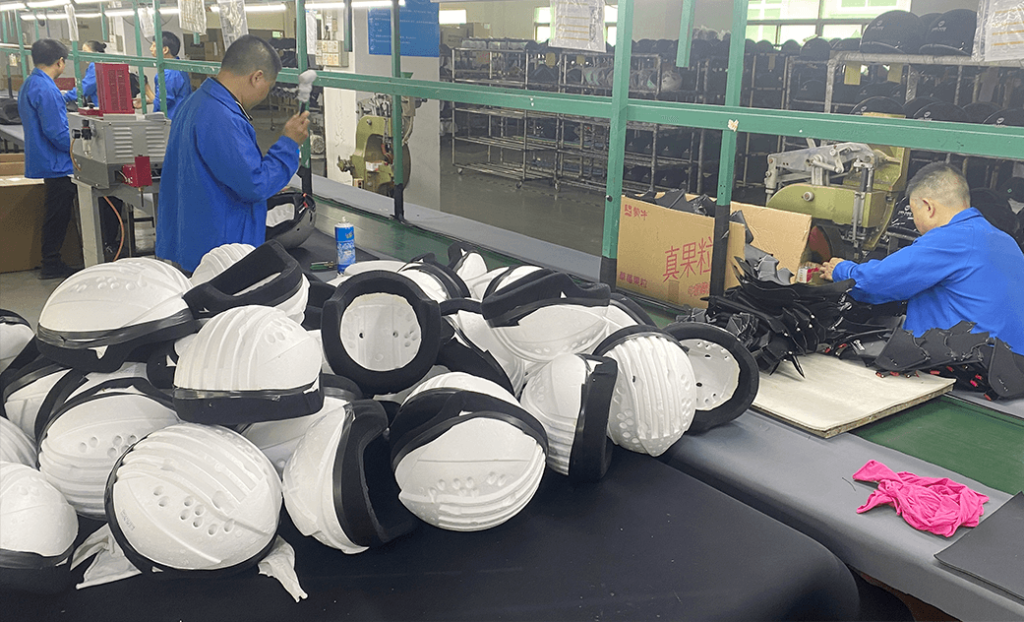
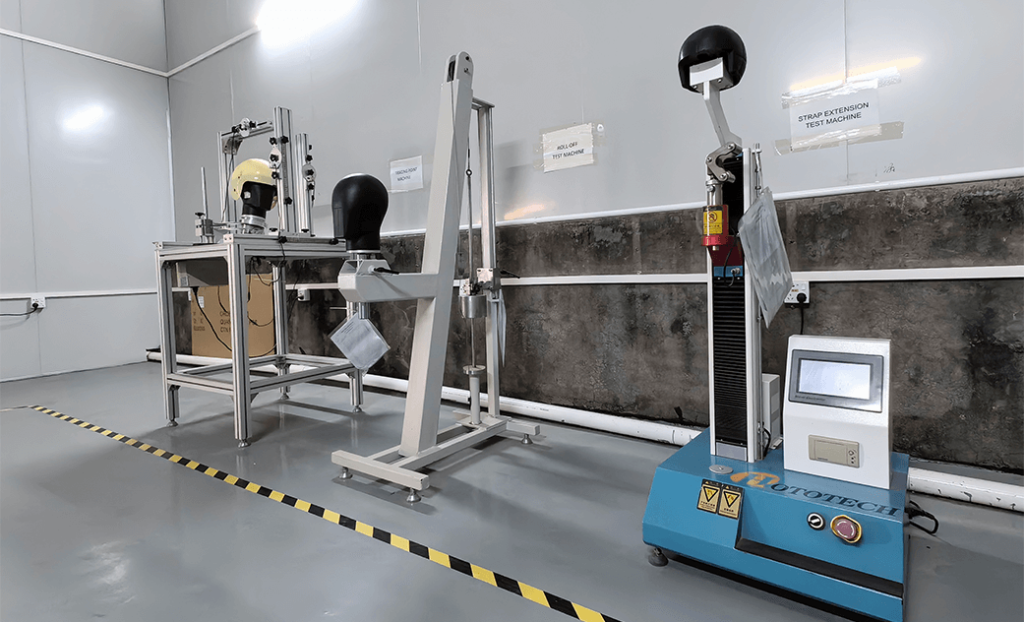
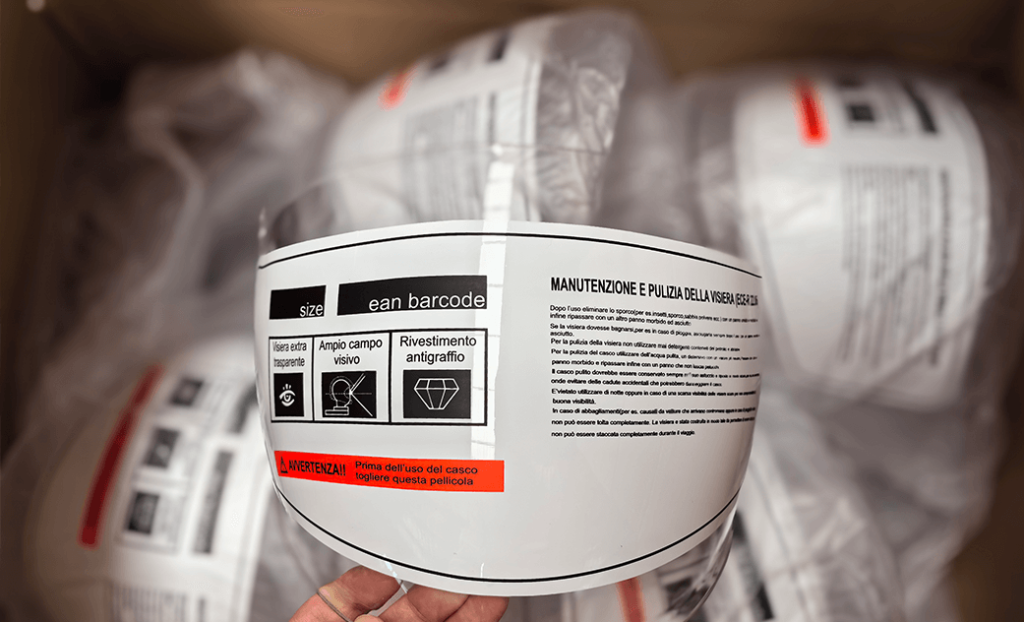
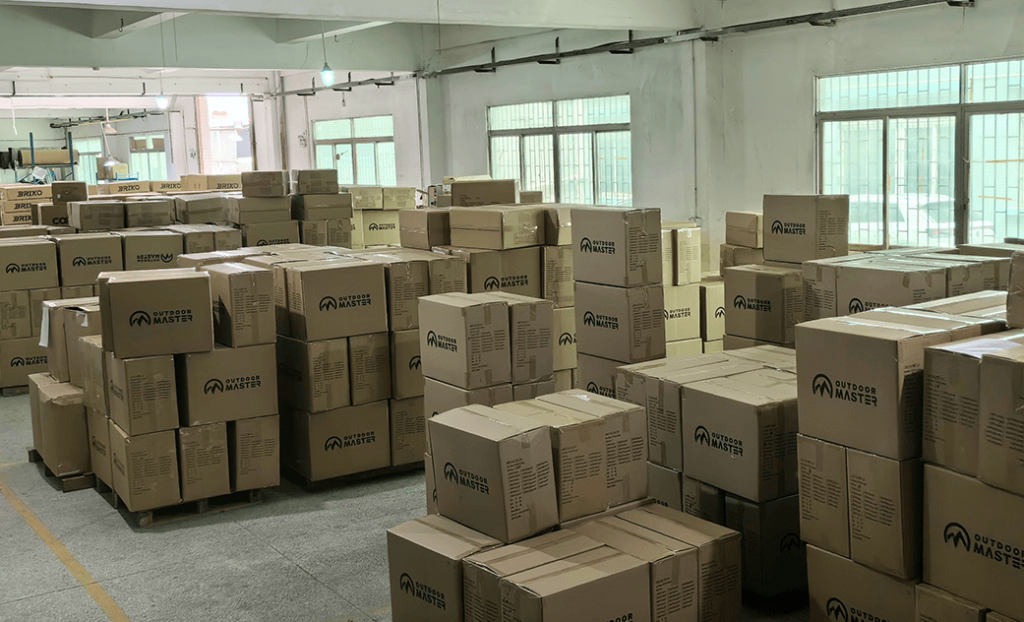
OEM / ODM Helmets Process
MPM helmet OEM/ODM process is strictly based on a quality assurance system. We combine effective teamwork from different departments, sales, R&D, engineering, procurement, production, quality control and logistics departments to ensure high-quality products and on-time delivery to our customers. As an experienced helmet manufacturer, we provide a one-stop service to our OEM customers. We also ensure that our products comply with all international standards tested by SGS, TUV, etc.
Your business, your helmet – we tailor it to your branding needs!
From the helmet’s graphic design, shell injection molding, polishing, painting, and interior safety and comfort features, we manufacture helmets that are fully customizable to match your brand image and safety requirements.

Top Selling Products
-
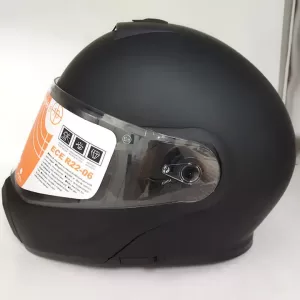
Double Sun Visor Women Helmets
-
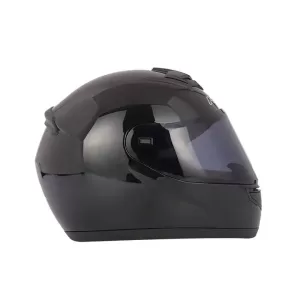
Youth Motorcycle Helmets DOT Approved
-

Factory Custom ECE DOT Certified Womens Motorcycle Helmets
-
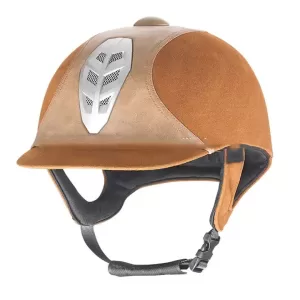
Best Helmet For Barrel Racing
-
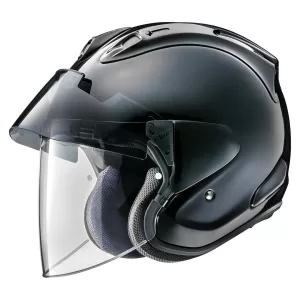
Harley-Davidson Arai Ram-X Helmet
-
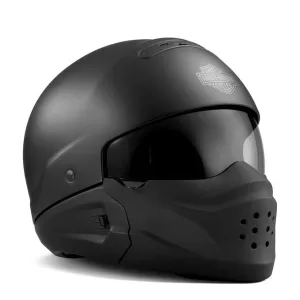
Harley-Davidson Pilot 3-in-1 X04 Helmet
-
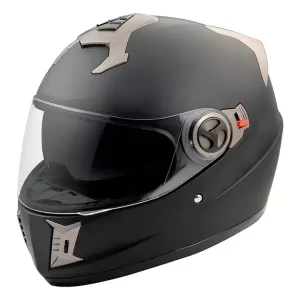
Motorcycle Sun Helmet Full Face For Harley Davidson
-
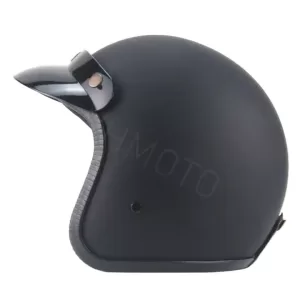
Custom DOT Approved Vintage Harley Helmet
-
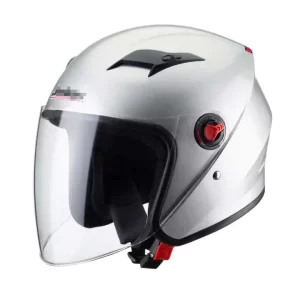
Custom Open Face Scooter Helmet DOT Approved
-

Custom Vintage DOT Approved Open Face Motorcycle Helmet
-
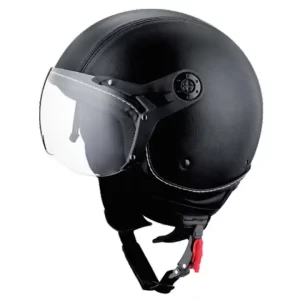
Factory Custom Vintage Leather Open Face Motorcycle Helmet
-
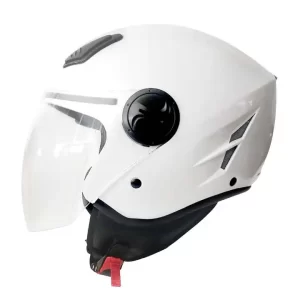
Factory Custom ECE 22.06 Approved Open Face Motorcycle Helmets
-
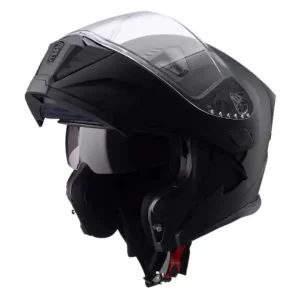
Flip Full Motorcycle Helmet Brands Factory
-

Motorcycle Helmet Dual Visor Modular Flip Full Face Helmet
-
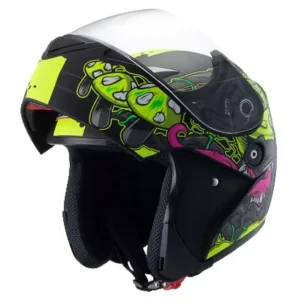
Custom Best Brands Flip Up Helmet Dot Approved
-
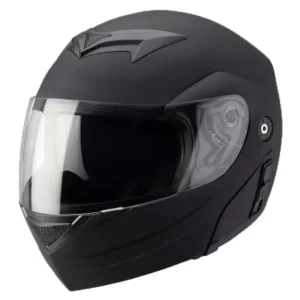
Predator Full Face Flip-Flop Front Visor Personalized Motorcycle Adult Helmet
FAQ
Yes, helmets can be customized in various ways to meet individual preferences and requirements. Here are some common customization options for helmets:
1. Custom Paint and Graphics: Helmets can be painted and adorned with custom graphics, designs, and colors to reflect the wearer’s personal style or to showcase team branding.
2. Visor and Shield Options: Some helmets allow for customization of the visor or shield, including tinted, mirrored, or iridium options to suit different lighting conditions and aesthetic preferences.
3. Communication Systems: Helmets can be customized with integrated communication systems, such as Bluetooth devices, to enable riders to stay connected while on the road.
4. Fit and Comfort Adjustments: Customization may involve adjusting the interior padding and liners to achieve a better fit and enhanced comfort for the wearer.
5. Branding and Logos: Professional riders or teams may opt to customize helmets with their own branding, logos, and sponsorships for a personalized touch.
6. Additional Features: Some helmets can be customized with additional features, such as specialized ventilation systems, moisture-wicking liners, and aerodynamic enhancements.
It’s important to note that when customizing a helmet, it’s crucial to ensure that any modifications comply with safety standards and do not compromise the helmet’s integrity.
It is generally safe to paint a helmet, but it is important to do so correctly to ensure that the helmet’s structural integrity and safety features are not compromised. Here are some things to keep in mind when painting a helmet:
1. Use the Right Paint: Use only paint that is specifically designed for use on helmets. Regular spray paint or automotive paint may contain chemicals that can weaken the helmet’s shell or lining.
2. Clean the Helmet: Before painting, clean the helmet thoroughly to remove any dirt, oil, or debris that may interfere with the adhesion of the paint.
3. Disassemble the Helmet: Remove any removable parts, such as the visor or shield, and cover any areas that you don’t want to paint, such as the vents or interior padding.
4. Apply Paint in Thin Coats: Apply several thin coats of paint, allowing each coat to dry completely before applying the next. Avoid applying too much paint at once, as this can cause drips or runs.
5. Allow the Paint to Cure: After painting, allow the helmet to cure for at least 24 hours before wearing it. This will allow the paint to fully dry and harden.
It’s important to note that painting a helmet may void the manufacturer’s warranty and can potentially compromise the helmet’s safety features. If you are unsure about painting your helmet, it’s best to consult with a professional or contact the helmet manufacturer for guidance.
Painting a motorcycle helmet can potentially compromise its safety if not done correctly. Here are some important considerations to keep in mind:
1. Impact on Materials: The materials used in the construction of the helmet, such as the outer shell and inner liner, are engineered to provide specific levels of protection. Applying the wrong type of paint or solvents can weaken these materials, reducing the helmet’s ability to absorb impact forces in the event of a crash.
2. Alteration of Fit and Function: The application of paint, particularly if done improperly, can affect the fit and function of the helmet. It may interfere with the movement of visors, vents, and other components, potentially compromising their intended functionality.
3. Safety Standards Compliance: Painting a helmet can impact its compliance with safety standards, such as DOT (Department of Transportation) or ECE (Economic Commission for Europe) certifications. Any modifications, including painting, should not compromise the helmet’s ability to meet these safety standards.
If you are considering painting a motorcycle helmet, it is essential to follow these guidelines:
– Use paint specifically designed for use on motorcycle helmets. This type of paint is formulated to adhere to the helmet’s surface without compromising its integrity.
– Clean the helmet thoroughly before painting to ensure proper adhesion.
– Remove any removable parts, such as the visor or shield, and cover any areas that you don’t want to paint, such as the vents or interior padding.
– Apply the paint in thin, even coats, allowing each layer to dry completely before applying the next.
– Allow the painted helmet to cure for the recommended time before using it.
Before proceeding with painting, it’s advisable to consult with the helmet manufacturer or a professional who has experience with helmet customization to ensure that the process will not compromise the safety or integrity of the helmet.
You need to use acrylic or spray paint on the helmet.

